With much of the country experiencing frigid temperatures, we’re dreaming of a vacation to a sunny locale ASAP. Luckily, the Caribbean isn’t the only option, as there are plenty of places in the southern US where it’s currently delightfully warm and inviting (with plenty to do besides baking in the sun). So pack your bags and hit up one of these 4 balmier spots, excerpted from the newly revised 1,000 Places to See in the United States & Canada Before You Die.
1. Sanibel and Captiva Islands
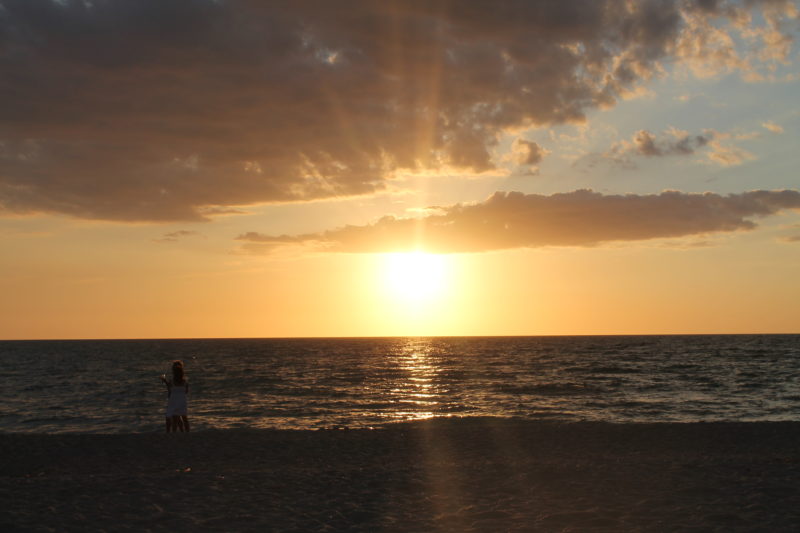
Florida
Down on Florida’s southern Gulf coast, Old Florida lives on. Of the more than 100 sunny, carefree coastal islands, the best-known of them are Sanibel and Captiva, connected to the mainland by a 3-mile causeway and with a reputation for palm-stenciled sunsets, unparalleled tarpon fishing, and some of the country’s most romantic beaches and best seashell-hunting. This may be the only warm-weather vacation spot where tourists pray for a storm, since a good northwest wind can fill the white sand beaches with shells. On any given day, a visitor can expect to find 50 or more different varieties, most in one piece thanks to the gentle coastal slopes and lack of offshore reefs. Fanatical collectors wake before dawn and patrol the beaches with flashlights, scrunched over in what some call the “Sanibel Stoop” or the “Captiva Crouch.” To see the rarest of shells, visit Sanibel’s Bailey-Matthews Shell Museum, the only natural history museum of its kind in the U.S. devoted solely to the mollusk, with a collection of over 750,000 specimens.
Take a break from all that shell-stooping, and visit Sanibel’s J. N. “Ding” Darling National Wildlife Refuge, a cool preserve of over 6,400 acres of mangrove estuary, cordgrass marshes, and West Indian hardwood hammock. Famous for its bird-watching, the refuge provides habitat to some 245 species, including bald eagles, wood storks, and flamingos. Footpaths, bicycle trails, and kayak and canoe routes crisscross the area, or you can visit by car along the 4-mile Wildlife Drive.
If you’re not feeling detached enough from the mainland and its everyday demands, visit Captiva and Sanibel’s three most interesting neighbor islands, located in Pine Island Sound, all of them car-free and accessible only by boat. Cayo Costa State Park is an uninhabited barefoot Eden with deserted beaches whose shelling is arguably the best around. Cabbage Key, a 100-acre, down-home, real-life Margaritaville, is said to have inspired Jimmy Buffett’s song “Cheeseburger in Paradise,” and offers some of that old Florida R&R at the historic Cabbage Key Inn. Useppa Island is a privately owned club that welcomes overnighters (as well as day-trippers who come for excellent seafood lunches) at its genteel Collier Inn, where Teddy Roosevelt used to vacation with his tarpon-fishing friends. Today Boca Grande, on nearby Gasparilla Island, hosts an annual big-purse tarpon tournament.
Where: 135 miles south of Tampa. Visitor info: Tel 800-237-6444 or 239-338-3500. Shell Museum: Sanibel. Tel 888-679-6450 or 239-395-2233. “Ding” Darling Refuge: Sanibel. Tel 239-472-1100. Cabbage Key Inn: Tel 239-283-2278. Cost: from $100. Collier Inn: Useppa Island. Tel 239-283-1061. Cost: from $150; lunch $35. Best times: May–mid-July for tarpon season; May–Nov for peak shelling; Nov–May for weather and bird-watching.
2. Key West
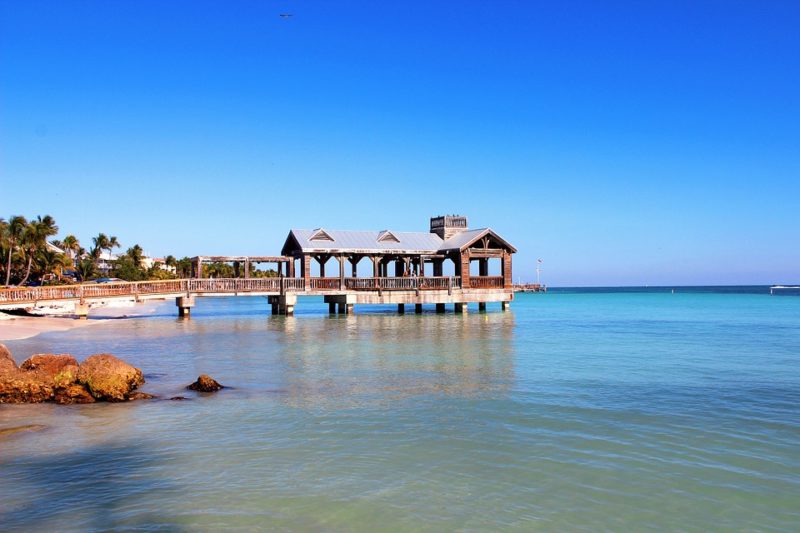
Florida
Key West is the farthest-flung and most populated town on the Florida Keys, a string of 1,700 low-lying islands (about 30 of them inhabited) stretching from mainland Florida southwest into the Gulf of Mexico. Famously billed as the southernmost point in the continental U.S., and reached by the 42-mile Overseas Highway, the town is tropical not only in its physical locale, but in its attitude, which combines elements of Cuban, West Indian, Bahamian, and American culture into a relaxed, flip-flop, Margaritaville lifestyle. Ernest Hemingway put Key West on the map, settling here with his second wife Pauline in 1928, and today the population is a mix of deeply tanned locals (known as “Conchs”), writers, artists, retirees, and a large gay community, all living in quaint white-framed cottages or restored Bahamian-influenced pastel Victorians.
In high season, the island’s population swells with thousands of cruise ship passengers and gaggles of weekend bikers, all of them heading to mile-long Duval Street, with its string of legendary bars. Papa Hemingway himself used to drink at a rough-and-tumble place on Greene Street called Sloppy Joe’s, now known as Captain Tony’s Saloon. A newer Sloppy Joe’s, on Duval Street, draws in hordes of tourists who act like they’ve never been in a bar before—and maybe they haven’t. Scores of pictures of winners of the annual Hemingway Look-Alike Contest line the walls—the highlight of the island’s annual Hemingway Days celebration, which also includes an arm wrestling championship and a running of the bulls where Papa look-alikes are chased by rolling wooden toros.
Visitors interested in the real deal can tour the house and studio where Hemingway wrote “The Snows of Kilimanjaro” and To Have and Have Not. Many of his possessions are on display, presided over by some 50 polydactyl (many-toed) cats, about the same number that Hemingway kept on the property between 1931 and 1939. President Harry Truman was another Key West devotee, spending vacations at the so-called Little White House. It has been restored to look just as he left it, with a perfect late 1940s decor and numerous Truman relics.
Mallory Square pier is the place to be at sundown, when the daily sunset-watching ritual (and ephemeral green streak) is augmented by a cast of jugglers, fire-eaters, and buskers. At the end of the day, return to your room at the Gardens Hotel, named for the passion of former owner Peggy Mills, who considered gardening an art form. If not for the meandering footpaths of centuries-old bricks, one could get lost in the small otherworldly courtyard, lush with bougainvillea, orchids, and ferns blooming beneath a canopy of hardwoods and palms. The restored two-story West Indian plantation-style main building (dating to 1870) and two similarly styled new buildings hide behind thick walls in the heart of Key West’s historic Old Town district.
For an excursion, hop a boat for the 70-mile trip to the Dry Tortugas, seven small, undeveloped islands that represent the real end of the Keys chain. Bird-watching is the big draw, with nearly 300 species stopping for a rest during the annual migration, but there’s also historic Fort Jefferson, a monumental six-sided 19th-century citadel that seems to rise right out of the aquamarine ocean.
Where: 165 miles southwest of Miami. Visitor info: Tel 800-FLA-KEYS or 305-296-1552. Captain Tony’s: Tel 305-294-1838. Sloppy Joe’s: Tel 305-294-5717. Hemingway Home: Tel 305-294-1136. Little White House: Tel 305-294-9911. Gardens Hotel: Tel 800-526-2664 or 305-294-2661. Cost: from $195 (off-peak), from $375 (peak). Dry Tortugas: Tel 305-242-7700. Best times: Nov-April for weather; mid-Mar–mid-May for peak bird-watching in the Dry Tortugas; July for Hemingway Days; late Oct for Fantasy Fest, 10 days of Halloween fun; New Year’s Eve, for family-friendly events.
3. South Texas Gulf Coast
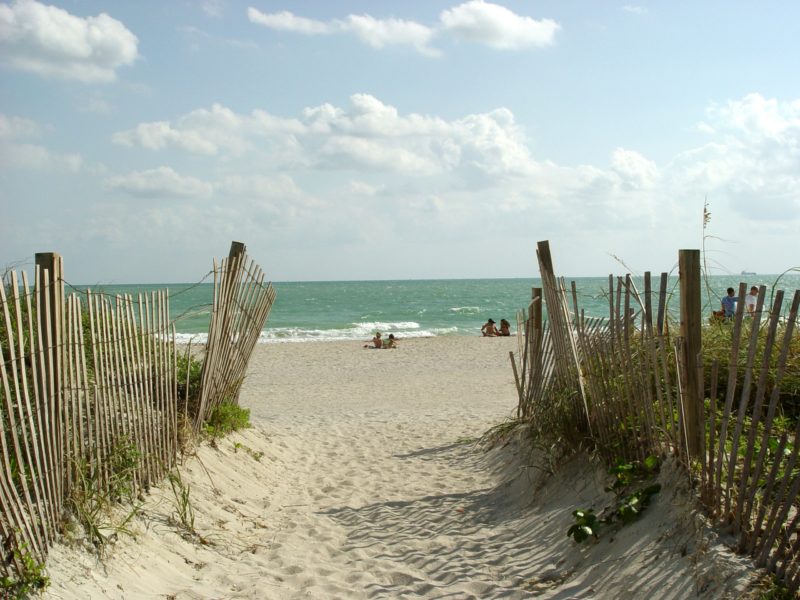
Texas
Life was relatively simple for the Indians who originally roamed the windswept shores, grassy dunes, and mesquite-clustered prairies of Texas’s 367-mile Gulf Coast, and that idyll remains on North Padre Island, the longest undeveloped barrier island in the world. The 65-mile Padre Island National Seashore can be found here, where it’s not uncommon to be the only one leaving footprints in the sand. Between June and September, you can even witness the release of endangered sea turtle hatchlings from here into the Gulf of Mexico.
The South Texas coast harbors a healthy respect for history and the wonders of nature, too. On Corpus Christi’s bayfront (reached by driving inland across the John F. Kennedy Causeway), you can tour the mighty USS Lexington, a WWII aircraft carrier that’s now a floating naval museum. You’re likely to find a sailboat regatta in progress in the bay, plus windsurfers taking advantage of the impressive breezes that blow here year-round.
Less than an hour southwest of Corpus lies the renowned King Ranch, founded in 1853 by riverboat captain Richard King. At 825,000 acres, the spectacular spread is larger than the state of Rhode Island and is one of the largest privately owned ranches in the world. You can see the ranch on guided bus tours, and it’s a primary birding destination along the Great Texas Coastal Birding Trail (see here). Be sure to visit the adjacent town of Kingsville, for the small but worthy King Ranch Museum.
From Kingsville, it’s 141 miles south to South Padre Island, a beach town that lies at the far end of the Queen Isabella Memorial Bridge, the second longest bridge in Texas at nearly 2.4 miles. On the island, you can ride horses on the beach, visit a sea turtle rehabilitation center, max out your credit cards at the shopping malls, or zip down slides and chutes and float the Rio Aventura at the 25-acre Schlitterbahn Beach Water park. Dozens of restaurants and bars await on the island, of course, but if you don’t want to carouse with 250,000 high school and college kids, steer clear during spring break, mid-March through mid-April.
Padre Island National Seashore: 31 miles southeast of Corpus Christi. Tel 361-949-8069. King Ranch: Kingsville. Tel 361-592-8055. When: Bus tours daily. Most nature tours Oct–Mar. King Ranch Museum: Kingsville. Tel 361-595-1881. South Padre Island: Tel 800-767-2373 or 956-761-6433. Best times: early Feb for South Padre Island’s Kite Fest; early Sept for Ruff Rider Regatta; Oct–May for weather; early Oct for Sandcastle Days; Nov, the weekend before Thanksgiving for Ranch Hand Festival in Kingsville.
4. Po’ipu Beach
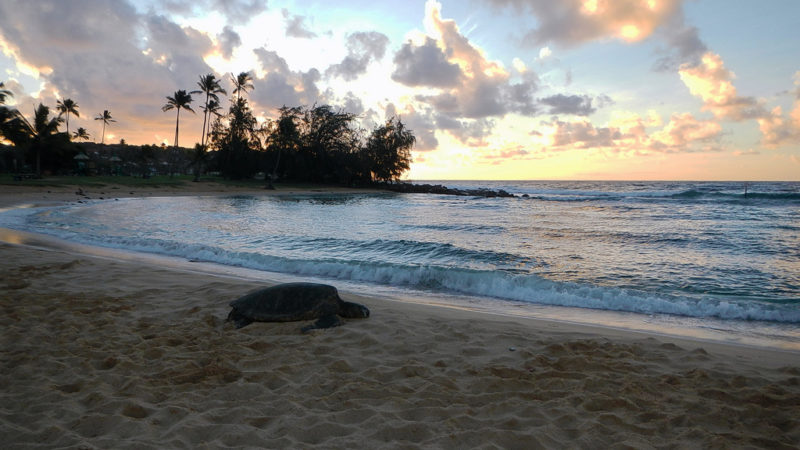
Hawaii
At the center of Kauai’s sunny southern coast is Po’ipu Beach Park, a legendary beauty spot famous for its gardens and glamorous resorts, as well as for its surfing, snorkeling, diving, and kayaking. Technically, Po’ipu Park comprises two beaches naturally divided by Nukumoi Point, a kind of sandbar known as a tombolo. On one side, a rocky outcrop protects a sandy-bottom pool that’s perfect for children, and on the other side lies open ocean for swimmers, snorkelers, and surfers. Everyone loves this place, so expect a crowd—especially on weekends, when local families come and stay for hours to picnic on the green lawn fronting the beach.
West of the beach, in the Lawa’i Valley, are two world-class horticultural attractions run by the National Tropical Botanical Garden, which also operates Limahuli Garden on Kauai’s North Shore. The 252-acre McBryde Garden boasts the world’s largest ex situ collection of native Hawaiian plants, many of which are rare and endangered, plus many specimens from elsewhere in the tropics. The Allerton Garden occupies more than 100 adjacent acres, where Hawaii’s Queen Emma lived in the 1860s; it includes the historic house, exquisite formal features, and a tropical fruit orchard planted as a victory garden. Nearby is Spouting Horn, a pair of blowholes in a lava outcrop. When swells steamroll into the south shore, one sprays like a geyser, while the other makes a loud moaning sound. According to legend, this coastline was once guarded by a giant female mo’o, or lizard, who ate anyone who dared come into her domain. A man named Liko, who wanted to fish in the area, threw a spear into her mouth, then escaped under the lava shelf and out one of the holes. The mo’o was trapped in the lava tube, and the sound of Spouting Horn is said to be her cries of hunger and pain.
For a luxury room, check into the 50-acre Grand Hyatt Kauai, a classically handsome low-rise resort with lavishly landscaped grounds, an open-air Anara spa, 1.5 acres of saltwater swimming lagoons, dozens of tennis courts, and a championship golf course designed by Robert Trent Jones Jr. Of the resort’s numerous restaurants and cafés, Dondero’s is widely regarded as the best Italian restaurant on the island.
Where: 12 miles west of Lihue. Allerton/McBryde Gardens: Tel 808-332-7324. Cost: Allerton $45; McBryde $30. When: Allerton Garden via daily tours only; McBryde Garden daily. Grand Hyatt Kauai: Tel 808-742-1234. Golf, tel 808-742-8711. Cost: from $510; greens fees $250 ($180 for hotel guests). Best times: Mar for the daylong Prince Kuhio Celebration of the Arts; July for the weeklong Koloa Plantation Days; July–Sept for greatest variety at the botanical gardens.
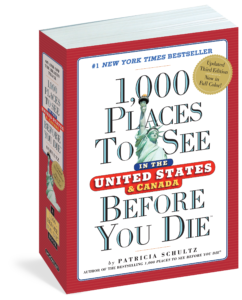 About the Book:
About the Book:
Covering the U.S.A. and Canada like never before, and for the first time with full-color photographs, here are 1,000 compelling, essential, offbeat, utterly unforgettable places. Pristine beaches and national parks, world-class museums and the Just for Laughs festival, mountain resorts, salmon-rich rivers, scenic byways, the Oyster Bar and the country’s best taco, lush gardens and coastal treks at Point Reyes, rafting the Upper Gauley (if you dare). Plus resorts, vineyards, hot springs, classic ballparks, the Talladega Speedway, and more. Includes new attractions, like Miami’s Pérez Art Museum and Manhattan’s High Line, plus more than 150 places of special interest to families. And, for every entry, what you need to know about how and when to visit.
“Patricia Schultz unearths the hidden gems in our North American backyard. Don’t even think about packing your bag and sightseeing without it.” —New York Daily News
Buy the Book
Amazon | B&N | Indiebound | Workman

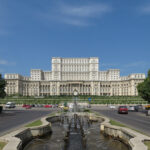
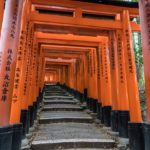
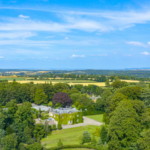
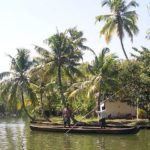
No Comments